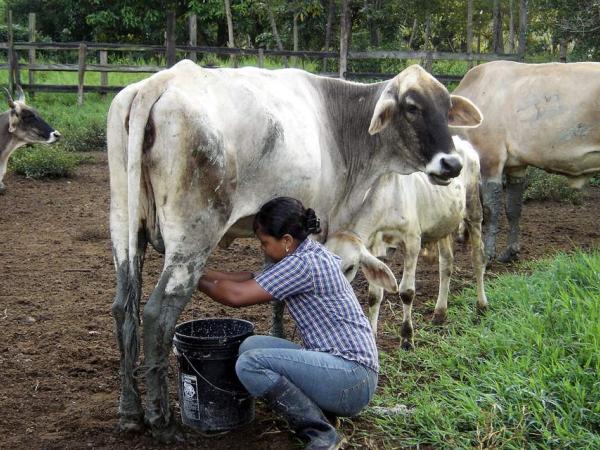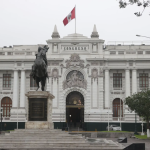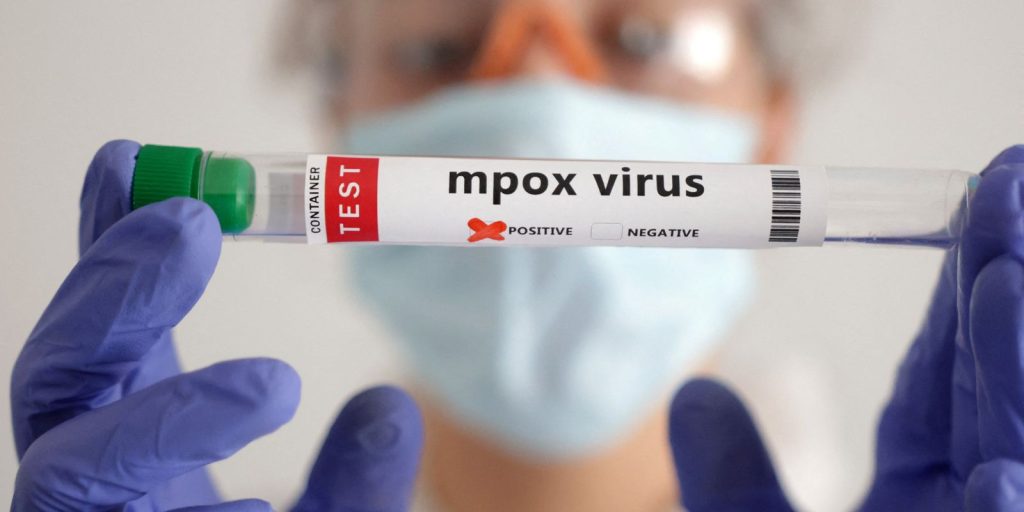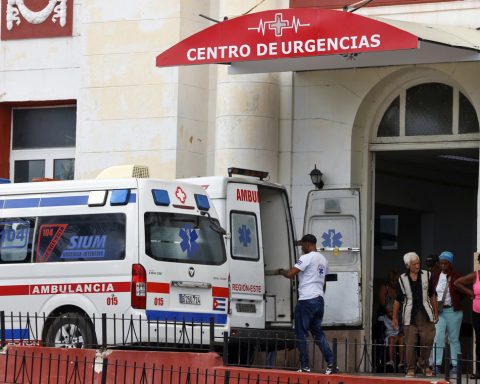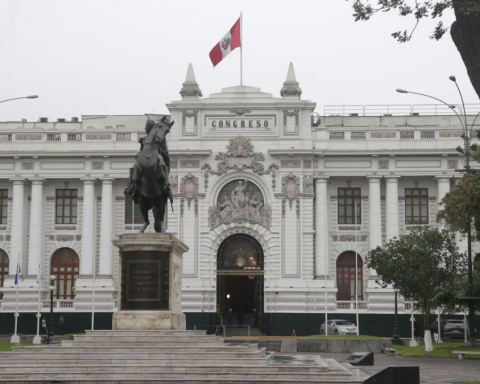The dairy crisis that the unions linked to this sector have been warning about is worsening due to the 17 consecutive months of decline in the price paid to the producer, which to date shows a decline of 16%.
See: Government begins a cycle of talks with the dairy and rice sectors)
According to Fedegán, taking into account that the value to the producer is going down, a situation arises that further complicates the sector, since consumer prices do not show any downward trend.
According to José Félix Lafaurie, president of Fedegán, So far in 2024, the CPI for liquid milk has increased by 0.52%a situation that creates a gap between the value paid to the farmer and the amount charged to the consumer.
(Read more: Alpina will buy surplus milk from small producers in the face of crisis in the sector)
In detail, the price of liquid milk to consumers rose by 5% in 2020, while in 2021 it was estimated at 13%. The highest increase occurred in 2022, which reached a rise of 37%, but then fell to 12% in 2023. Although the figure for 2024 is lower, this indicator has not shown a general decline.
“In real terms, when the variations are indexed, it is an effective increase of 82.8%. In other words, if the bag of liquid milk that a housewife bought in 2019 cost $3,500, that same bag today costs $6,400.“,” says Lafaurie.
Now, the union leader assured that lThe upward trend in prices is causing a drop in consumptionwithout there being “a clear solution”, taking into account that demand is not stimulated as long as inflation does not fall.
(See also: Mincomercio is looking closely at milk imports from the United States)
Milk
iStock
“This situation has led to fraudulent products and mixtures with whey beginning to abound, sold at a lower price but passed off as milk in a clear deception of the consumer.“, he noted.
(Read also: Alquería announced a new reduction in milk prices to encourage its consumption)
In response to this, Felipe Pinilla, president of the National Association of Milk Producers (Analac), stressed that the mid-year climatic season is conducive to increasing milk production in the Colombian countryside. However, The purchase of dairy products from producers has been restricted even since the summer at the beginning of the year, a season in which production capacity is limited.
“Although consumption seems to be showing a slight recovery, it is still insufficient to quickly get rid of inventories from previous months. Milk producers are once again suffering because the limitation imposed on purchases remains and the price they are paid for the percentage of milk that they do buy continues to fall.”.
He added that It is important to recognize the positive impact of the programs of the Stabilization Fund for the Promotion of the Export of Meat, Milk and its Derivatives (FEP)which thanks to the 11.2 billion available at the end of August, it is estimated that at least 2,600 tons of Colombian powdered milk and more than 500,000 liters of UHT liquid milk will have been exported and sold via the Mercantile Exchange.
(See: Low milk consumption and other keys to understanding the crisis in the dairy sector)

Cattle raising
Courtesy
Pressure on imports
Based on the data provided by José Félix Lafaurie, Another point that puts pressure on the dairy crisis is the behavior of imports.which although they have had a dynamic of reduction, the truth is that external purchases are affecting the sector.
(Read more: Milk processors ask the Ministry of Agriculture for measures to deal with the crisis in the sector)
Currently, industrial inventories of powdered milk remain at around 17,000 tons, while those of liquid milk are estimated at around 27 million liters. At the same time, Imports already total 34,000 tons in the first half of the yearof which 22,000 tonnes are milk powder and 7,400 tonnes are whey.
“These 34,000 tons represent some 293 million liters of milk, equivalent to a month of collection, which is not carried out by our producers and which ends up being replaced by foreign milk. Today we should be thinking about a real program to promote national production based on spraying in times of abundance to be used in times of scarcity. We have proposed it, but effective measures have not yet been seen, with the small producer always being the sure loser.“, Lafaurie explains in a letter sent to the Minister of Agriculture, Martha Carvajalino.
He even adds that a large part of the small producers are delivering their milk production with prices below $1,000 per liter, adding to the “large” number of complaints related to the fact that Different processing companies have been restricting part of the purchase of dairy production by 20% or 30%approximately.
(See: Alpina and Alquería reduce milk purchases and worsen crisis in dairy production sector)
In this regard, Pinilla said that it is key to recognize that, in the future, it depends on what the country manages to produce, process and sell in dairy products.It is essential to have the relevant bodies active to ensure that the rules of the trade agreements are respected and that Colombia can also take advantage of them.“, he says.

Milk
iStock
Measures
According to former Minister of Agriculture, Cecilia López, It is common knowledge that there are cycles in dairy production that have not been resolved, because there are not enough sprayers carrying out the industrialization process. For this reason, he said that most of the ministers in the portfolio have made public purchases from cattle farmers, distributing dairy products to the most vulnerable sectors.
(Read also: Colombian producers warn of a reduction in milk purchases)
“Now that there is so much talk about public purchases, there needs to be a permanent purchase of milk here. Malnutrition continues to be a serious problem, but it also prepares the Government and the Ministry to assume a countercyclical policy. The other thing is that there is a very clear strategy of pulverization.” he said.
For his part, Felipe Pinilla stressed that the Government has made efforts in this regard, although “There is still much to be done. The ideal is that public purchases of dairy products should be of Colombian dairy products. There is an opportunity for import substitution.“he concluded.
(See more: Alpina hopes that consumption dynamics will improve)
